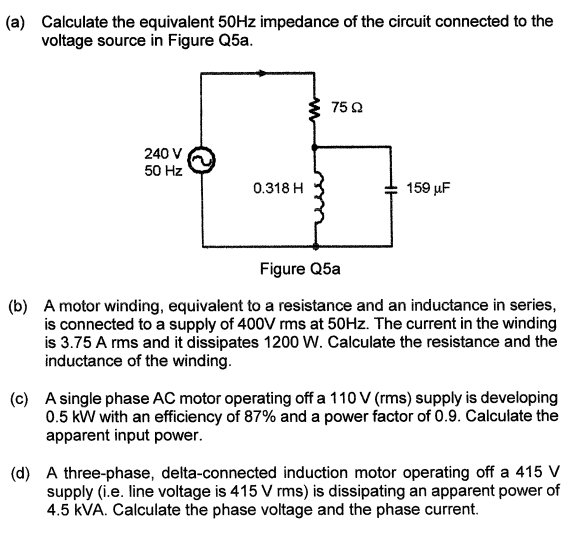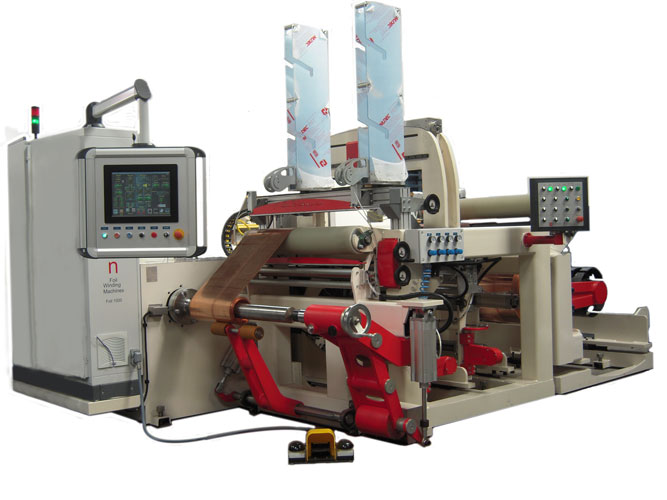

This one cannot be lead A though, because -as we said- coils are connected in cross pattern. You connect the first probe of the ohm-meter to lead 1, and then you connect the other probe of the ohm-meter to leads A, B, C, 2, 3 and ground (motor chassis).If the motor has no problem, then you must find infinite resistance between all leads and ground, except from one lead. Suppose that you start from lead 1 and you want to find it's pair. All you have to do is try to find the coil pairs in the electrical connection box. This is the most straight-forward case to understand. That is of-course easy to understand why, so there is no need to explain any further.Ĭhecking the coils of an unconnected motorīeing a motor unconnected, means that there are no Star or Delta bridges on its leads. There is one last thing to know: All 3 coils must have the same resistance. This is a photo from the connection box of a motor connected in Delta This is why we call this type of connection "Delta" (from the Greek letter ΔÎλτα)Ī Delta connection is easily accomplished by bridging the 3 columns in the connection box vertically A Delta connection is easily accomplished by bridging the 3 columns in the connection box vertically: The 3 phases are then applied on these nodes. The 3 coils are then connected in a circle, creating thus 3 nodes. In Delta connection, the end of each coil is connected with the start of another coil. Suppose now that the motor is connected in Delta. This is a photo from the connection box of a motor connected in Star This is why we call this type of connection "Star" (or Y)Ī star connection is accomplished simply by bridging one horizontal row in the connection box

The phases are then connected on the leads of the other horizontal row: A star connection can be easily accomplished simply by bridging one of the two horizontal rows in the connection box of the motor. The other ends of the coils are connected together in a common point. In a star connection, each one of the 3 phases (R-S-T) is connected at one end of each coil. Suppose for example that the motor is connected in Star. A permanent connection is accomplished with 2 or 3 metallic bridges. This is usually done if the motor is small (smaller than 3.5 KWatts) or if the motor is driven by an inverter or some kind of electronic driver. A permanent connection is when the motor is connected in either Star or Delta, and this connection is not supposed to changed during the operation of the motor. The answer is simple: To easily bridge a permanent connection. You may now wonder, why the coils are connected in cross-pattern and not vertically. Instead, the pairs are in cross-pattern like this: It sounds logical to separate these 3 pairs in a vertical pattern, but that's not the way it goes. Since each coil has 2 endings, it is easy to understand that these six leads can be separated in three pairs, and each pair is connected to one coil. Here is a photo from a typical electrical connection box:Īs you can see, there are indeed six leads arranged in two rows. First of all, you need to understand how the coils are connected with the six motor leads that exist in the electrical connection box. Two or more coils short-circuited with each other (current leaking from one coil to another coil)Īll of the above problems can be detected with a simple Ohm-meter.Leaking coil to ground (current leaking from one coil to ground/neutral).Short-circuited coil (less than normal or zero coil resistance).There are basically 4 problems that the motor windings can suffer from:
Motor winding resistance calculation formula how to#
If someone works with AC 3-phase motors, then it is important to know how to connect these motors in Star and Delta connection, and how to detect an electrical problem. It is called squirrel-cage, because it's rotor looks like the exercising wheel found in squirrel or hamster cages.Ī typical 3-phase squirrel-cage motor has six connection leads in the electrical connection box for the three coils. The most common type though is the -so called- squirrel cage rotor.

The rotor of a squirrel-cage motorThere are several different AC motor types, each one with different operating and mechanical characteristics.


 0 kommentar(er)
0 kommentar(er)
